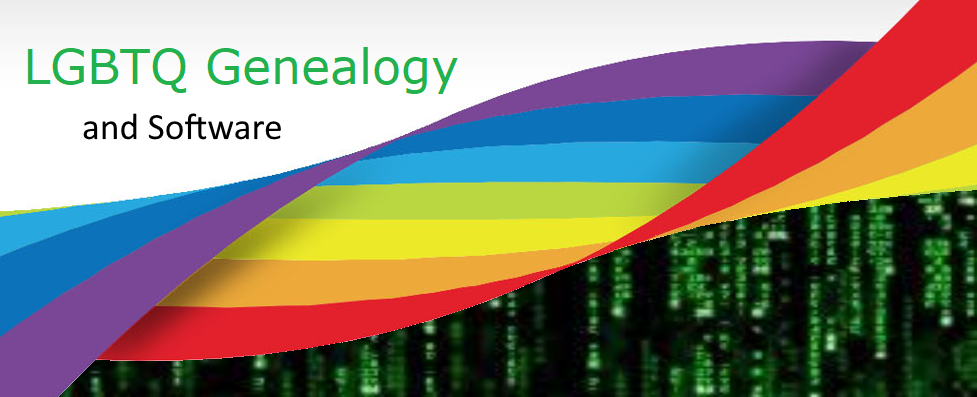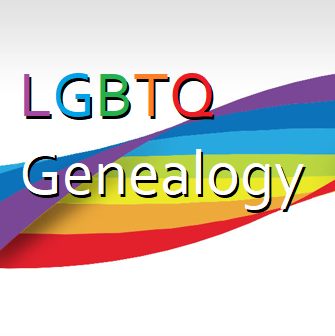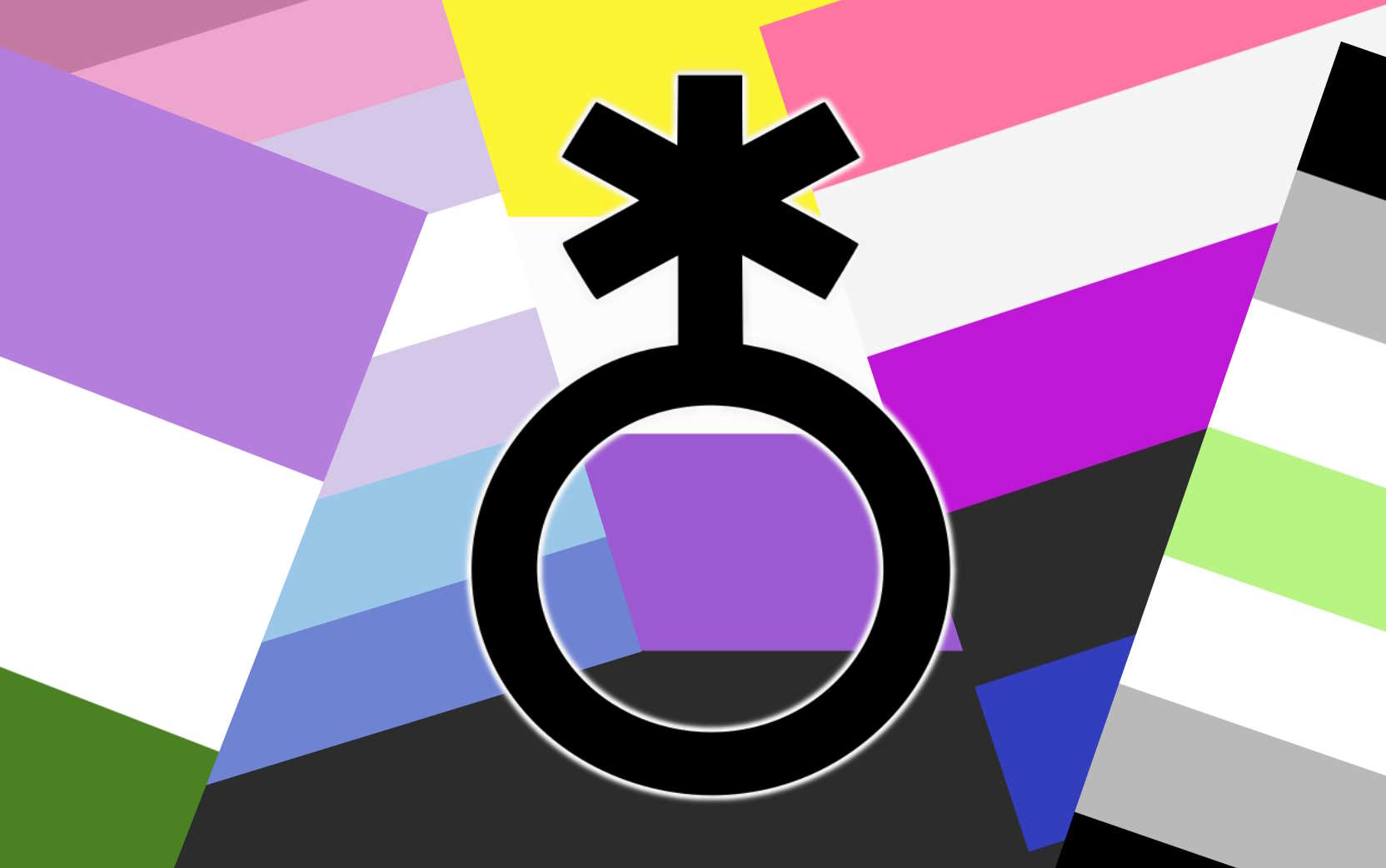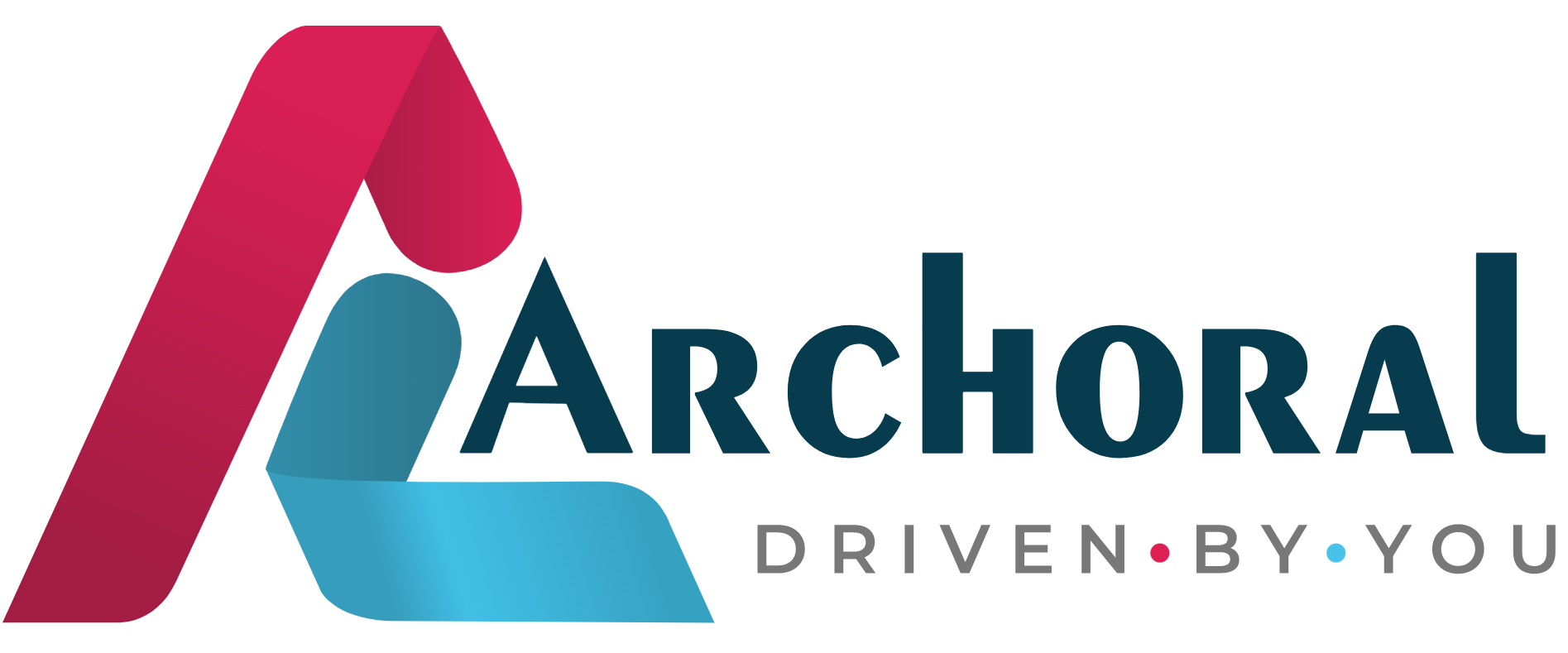Evolving Family Structures
In our rapidly changing world, family structures are diversifying, challenging the traditional norms embedded in genealogical software. As I discussed in the previous installment, family constellations today are often unique and complex, encompassing relationships defined by DNA, adoption, step-parenting, fostering, or personal choice. It’s not just an issue for LGBTQ families; the need for inclusive genealogical software extends to all families with intricate and unconventional dynamics.
Consider the biblical story of Moses, adopted as a foundling, born to Jewish parents but raised by Egyptians. How would one document Moses’ story in software that typically favors biological ties? Should the DNA parents be given equal weight as the adoptive parents, or would one relationship overshadow the other?
Expanding our perspective, families today may involve up to five parents for a child:
- Father – the one who raised the child
- Biological Father – the DNA provider via sperm
- Mother – the one who raised the child
- Biological Mother – the DNA provider via egg
- Gestational Mother – the one who carried the child to term
While the biological parent and the one raising the child are often the same person, exceptions abound. Divorce and remarriage introduce stepparents. Fostering and adoptions also increase the number of parents. With the advent of Genetic Genealogy, thousands of testers have been surprised by misattributed parent events in their family history. They must determine how to document their newly found DNA lineage and their de facto ancestors. The number of parents a person can have is NOT two.
Future technologies, such as gene splicing, may further complicate family structures. It may become possible to give a child genes for indigo eyes from one DNA donor, increase stature from a different donor, or boost their intelligence with genes from yet another donor. If a child has more than two gene donors, how should genealogists document this? Current terminology designates gene donors as biological parents, but as technology advances, the number of gene donors may match the complexity of our genome.
The future is already reshaping documentation practices. Various jurisdictions have modified documents to accommodate non-traditional families. Examples include third-parent birth certificates, non-gendered documents, and expanded sex options.
Third-parent birth certificates often result from scenarios like a lesbian couple having a child and legally adding the sperm donor/father as a parent. Courts in several U.S. states, including Alaska, California, Delaware, Florida, Louisiana, Maine, New Jersey, New York, North Dakota, Oregon, Pennsylvania, and Washington, have acknowledged the validity of three legal parents. [1] [2] Some of these cases didn’t involve LGBTQ families.
In 2013, California passed SB-274 which explicitly allows for more than two parents to share custody and responsibilities for a child.[3] British Columbia has allowed for three parents on a birth certificate. [4]
California bill AB-1951 went into effect on 1 January 2016 stating, “instead require the State Registrar, with regard to identification of the parents, to modify the certificate of live birth to contain 2 lines that both read “Name of Parent” and contain, next to each parent’s name, 3 checkboxes with the options of mother, father, and parent to describe the parent’s relationship to the child.” [5] This bill essentially removed the “mother” / “father” fields, which then allowed for two fathers to be recorded without having to decide which of their names would be forced into the “mother” space.
Oregon allows for more than two sex options on driver’s licenses. [6]
A child born in British Columbia, to a non-binary transgender parent, has been issued the first known birth certificate without a specified gender listed.[7]
Australia, Germany, Chile, and New Zealand allow “indeterminate” sex on birth certificates.[8]
Current software models persist with a two-parent framework, disregarding the complexities evident in family histories well before biblical times. The examples cited from the past decade are just a glimpse into our changing world. Vital documents have adapted to reflect diverse family structures, three or more parents are acknowledged, as are sexes beyond the binary. The ability to recognize and incorporate these changes will determine the relevance and utility of genealogical tools in the years to come.
Genealogy software that fails to evolve risks becoming obsolete.
——————————
[1] Jennifer Peltz (AP), “Courts and ‘tri-parenting’: A state-by-state look,” article, boston.com, 18 June 2017; (https://www.boston.com/news/national-news/2017/06/18/courts-and-tri-parenting-a-state-by-state-look : accessed 15 March 2018).
[2] Angela Chen, “The Rise of the 3-Parent Family,” article, The Atlantic, 24 September 2020, (https://www.theatlantic.com/family/archive/2020/09/how-build-three-parent-family-david-jay/616421/ : accessed 15 February 2021).
[3] California Legislative Information, “SB-274 Family law: parentage: child custody and support,” (https://leginfo.legislature.ca.gov/faces/billCompareClient.xhtml?bill_id=201320140SB274 : accessed 15 February 2021).
[4] Catherine Rolfsen, “Della Wolf is B.C.’s 1st child with 3 parents on birth certificate,” CBC, 6 February 2014; (https://www.cbc.ca/news/canada/british-columbia/della-wolf-is-b-c-s-1st-child-with-3-parents-on-birth-certificate-1.2526584 : accessed 15 March 2018).
[5] California Legislative Information, “AB-1951 Vital records: birth certificates,” (https://leginfo.legislature.ca.gov/faces/billNavClient.xhtml?bill_id=201320140AB1951 : accessed 15 February 2021).
[6] Mary Emily O’Hara, “Oregon Becomes First State to Add Third Gender to Driver’s Licenses,” NBC News, 15 June 2017, (https://www.nbcnews.com/feature/nbc-out/oregon-becomes-first-state-add-third-gender-driver-s-licenses-n772891 : accessed 15 March 2018).
[7] “Canadian baby ‘first without gender designation’ on health card,” BBC News, 3 July 2017; (https://www.bbc.com/news/world-us-canada-40480386 : accessed 15 March 2018).
[8] Wikipedia, “Intersex Human Rights,” (https://en.wikipedia.org/wiki/Intersex_human_rights : accessed 15 May 2018).





[…] a standard for which same-sex parent goes into which box, let’s modernize the software. In last month’s blog, I discussed why we shouldn’t have software limitations on just allowing for two […]